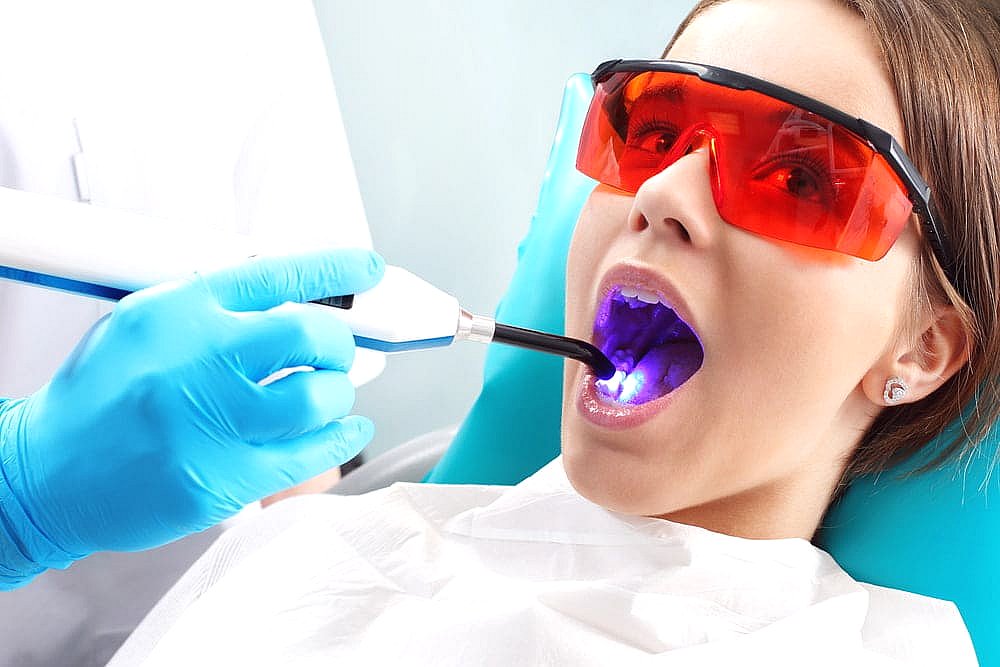
Tongue thrust can develop due to both genetic and environmental factors. Early childhood habits often play a crucial role in its development. Common contributing factors include:

Different variations of tongue thrust affect oral health and dental alignment in unique ways. The most common type involves forward positioning of the tongue, which creates spaces between teeth and affects bite alignment. Side-pressing patterns can also occur, potentially leading to crossbites and uneven dental wear. Each type requires specific attention and treatment approaches for optimal correction.
Professional evaluation is essential for accurate diagnosis of tongue thrust. Common indicators include visible spacing between teeth, improper bite alignment, and distinctive swallowing patterns. During examination, specialists observe tongue positioning during rest, speech, and swallowing to determine the presence and severity of the condition.


Early intervention is crucial for children showing signs of tongue thrust. Professional evaluation by age 7 can prevent more significant developmental issues later in life. When left untreated, tongue thrust significantly impacts dental development and may require more extensive treatment as the child grows older.
Treatment approaches focus on retraining tongue position and function through specialized therapy programs. Professional intervention may include behavioral modification techniques and custom treatment plans designed to address individual needs. Success often depends on early detection and consistent follow-through with prescribed exercises and treatments.

This specialized therapy focuses on correcting improper tongue positioning and strengthening oral muscles. Through targeted exercises and techniques, patients learn to develop proper swallowing patterns and tongue positioning. Regular practice and professional guidance are essential to achieving optimal results.


Successful management of tongue thrust requires commitment to ongoing care and maintenance. Regular follow-up appointments help monitor progress and ensure lasting results. With proper treatment and consistent practice of recommended exercises, patients typically experience significant improvement in oral function and dental alignment.
Signs include visible gaps between teeth, difficulty swallowing normally, and speech challenges such as lisping. Professional evaluation is recommended for accurate diagnosis, as these symptoms can also indicate other oral conditions.
While stopping tongue thrust can prevent further misalignment, existing dental issues typically require professional treatment for correction. Schedule a consultation with a specialist to discuss your specific situation and treatment options.
Tongue thrust can impact the success of orthodontic treatment by causing resistance to tooth movement and extending treatment duration. Professional evaluation and concurrent treatment of tongue thrust may be necessary for optimal results.
© 2025 Best Orthodontists in NYC
Braces Invisalign Gramercy Ortho Dr. Barry Elaahi & Dr. Jason Berk, Board-certified Orthodontists in NYC,
All Rights Reserved.
Monday – Friday : 8:00am – 7:00pm
Saturday : 8:00am – 3:00pm
© Copyright 2025 Gramercy Orthodontics